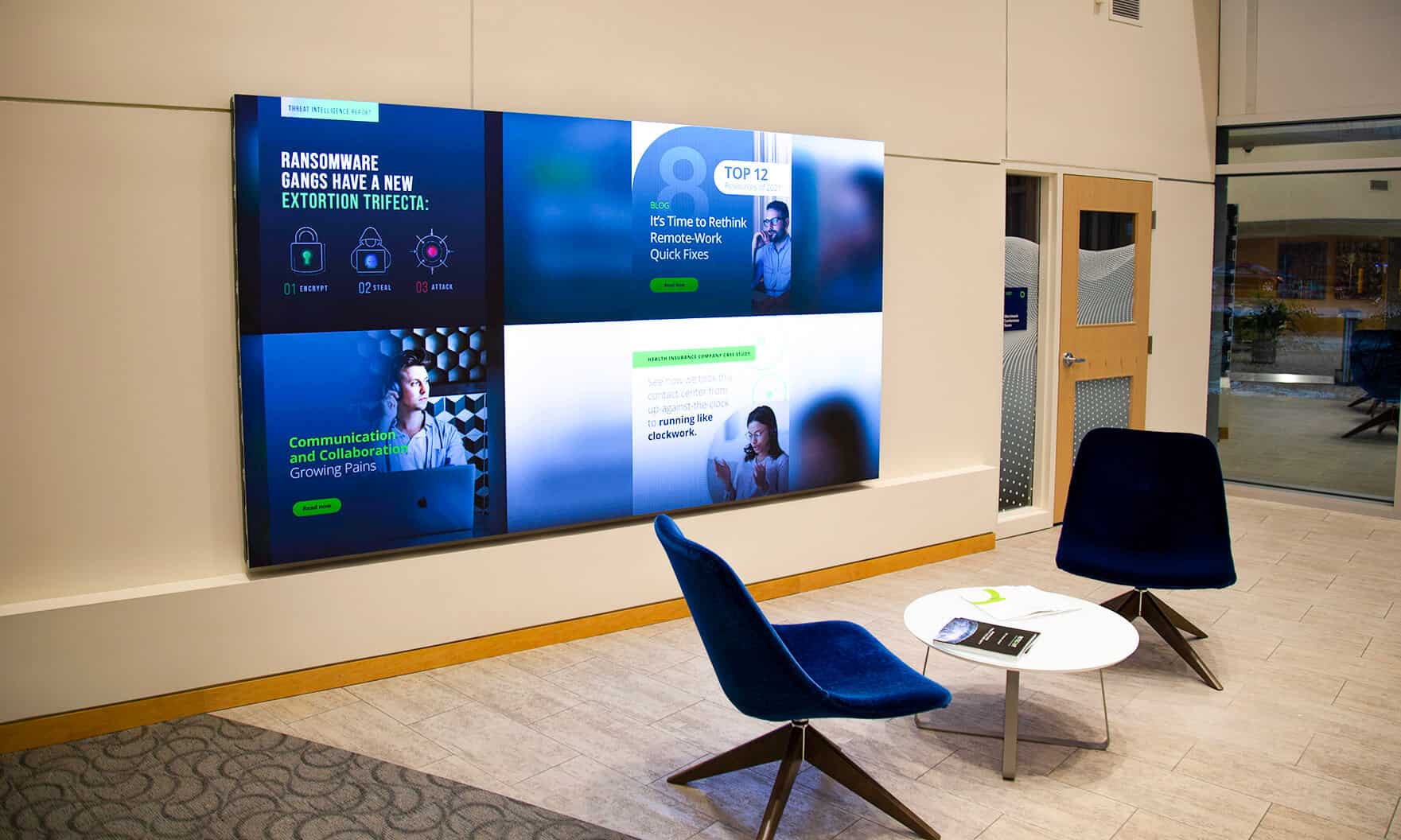Exploring the Longevity of Light Emitting Diode Display Screens in Comparison to Conventional Display Technologies
Exploring the Longevity of Light Emitting Diode Display Screens in Comparison to Conventional Display Technologies
Blog Article
LED panel panels have grown progressively favored in recent times, particularly in environments like schools, businesses, and community areas. These screens use light-emitting lights (LEDs) to produce vivid and lively images. One of the most notable benefits of LED innovation is its durability compared to traditional display methods, such as CRT tube monitors (CRTs) and LCD crystal displays. Grasping the distinctions in duration and performance between these technologies can help buyers make knowledgeable choices about their screen needs.
Traditional screen technologies, like CRTs, have been around for numerous years. They were commonly used in TVs and computer monitors. However, CRTs have a limited lifespan, typically lasting approximately 10,000 to 20,000 hours of use. This means that after a couple years, users may observe a deterioration in picture quality, such as fading or color deformation. In comparison, LED wall panels can last considerably longer, frequently exceeding 50,000 hours. This prolonged lifespan means that consumers can experience consistent performance without the requirement for regular replacements.
Another crucial aspect to consider is energy conservation. LED wall panels consume less energy than conventional displays, which not only helps the ecosystem but also lowers electricity costs. For instance, while a CRT monitor may use approximately 100 watts of energy, an LED screen can use as little as 30 to 50 watts. This discrepancy in power consumption contributes to the total durability of LED technology, as lower energy consumption generates less heat. Excess thermal energy can damage electronic parts, resulting to a shorter lifespan for conventional screens.
In addition to their longer duration and power efficiency, LED wall screens also provide superior visual clarity. They provide brighter colors and better differentiation, making them perfect for various applications, from advertising to learning presentations. The innovation behind LED panels allows for a wider sight perspective, meaning that images remain sharp and lively even when seen from the flank. This is a significant advantage over traditional screens, which frequently experience from hue distortion and reduced luminosity at broader angles.
In summary, the durability of LED panel panels compared to traditional screen methods is a key aspect for consumers to consider. With lifespans that can exceed 50,000 hrs, power conservation, and superior visual quality, LED innovation provides many advantages. As innovation continues to find out progress, LED wall panels are likely to become even more common in multiple environments. Grasping these distinctions can help individuals and organizations make better choices when purchasing in screen innovation, guaranteeing they get the optimal worth for their needs.